For many of us, the beauty of butterflies brings back childhood memories of chasing them around the backyard or trying to get them to land on our outstretched fingers. If you want to bring a little bit of that magic back into your life, why not start a butterfly garden? This blog post will explore how to start a butterfly garden from scratch.
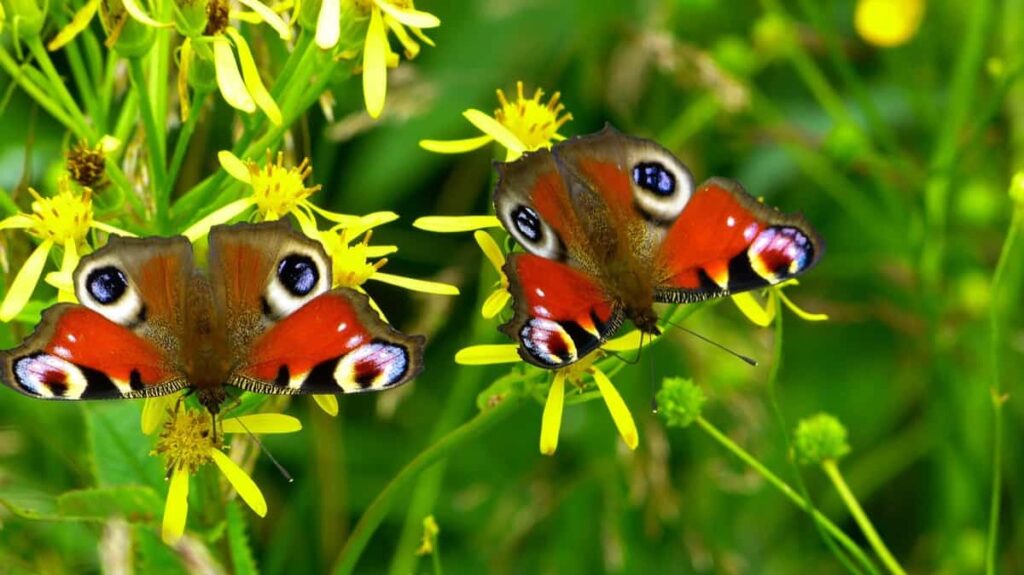
We will cover topics such as layout and design, what type of plants to choose, and how to maintain your garden so that it attracts butterflies for years to come. So if you’re a beginner or an experienced gardener, read on for everything you need to know about starting your butterfly oasis.
Key rules to start a butterfly garden from scratch
Starting a butterfly garden from scratch
One of the most rewarding ways to attract butterflies to your yard is to start a butterfly garden from scratch. By providing the right mix of food, water, and shelter, you can create a space that not only looks beautiful but also provides a vital habitat for these important pollinators. Here are key rules to follow when starting a butterfly garden from scratch:
- Choose the right location. Look for an area in your yard with plenty of sun and good drainage. Avoid places where there is constant foot traffic or where pets play, as this can disturb the delicate balance of your butterfly garden.
- Create a diverse mix of plants. Different butterflies prefer different plants, so it’s important to include a variety in your garden. Some good options to include are milkweed (for Monarch butterflies), lantana (for Gulf Fritillaries), and zinnias (for painted ladies)
- Don’t forget about water! A small birdbath or shallow dish filled with fresh water will provide much-needed hydration for thirsty butterflies. Be sure to change the water regularly to prevent it from becoming stagnant.
- Provide some shelter. Butterflies need places to hide from predators and escape bad weather, so include some shrubs or dense vegetation in your garden design. Following these simple tips can create a beautiful and inviting space for butterflies.
In case you missed it: Homemade Fertilizer Recipe with Egg Shells: How and When to Apply in the Garden
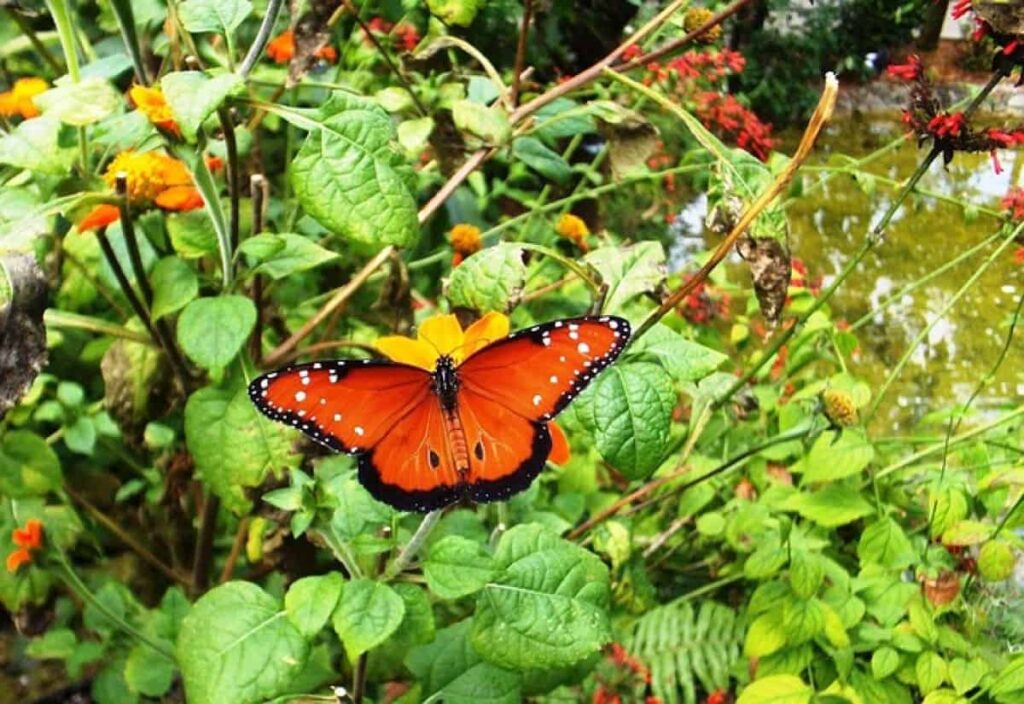
Maintenance and Upkeep
Butterfly gardens are easy to maintain and can be a beautiful addition to any backyard or outdoor space. Here are a few important rules to keep in mind when starting your butterfly garden:
- Choose the right location. Butterflies need a sunny spot with plenty of airflows. Avoid windy areas, making it difficult for them to fly and find food.
- Plant native flowers and plants. Butterflies are attracted to native plants and flowers specific to their region. By planting these, you will provide them with the food they need and create a more inviting space.
- Use a variety of plants and flowers. Butterflies are attracted to different colors, shapes, and smells of plants and flowers. By using a variety, you will attract more butterflies to the garden.
- Keep your garden clean. Remove dead leaves and debris regularly to keep your garden tidy and attractive to butterflies.
- Be patient! It may take some time for butterflies to find your garden, but if you follow these tips, they will eventually come!
Butterfly garden layout and design
If you’re planning to start a butterfly garden from scratch, there are key things to keep in mind regarding layout and design. First, you’ll want to choose a location with plenty of sunlight and good drainage. Then, you’ll need to select the right plants to provide butterflies with food and shelter. Regarding layout, consider creating a central gathering place for butterflies with a water source nearby
Fill in the rest of the place with native plants that attract butterflies. Be sure to leave plenty of room for them to fly around. As for design, consider adding colorful stones or other objects to your butterfly garden to help visually define the space. You might also want to include a bench or other seating so you can enjoy watching the butterflies while they visit your garden.
In case you missed it: Easy Homemade Fertilizer Recipes: Natural and Organic for Houseplants, Flowers, and Garden Plants
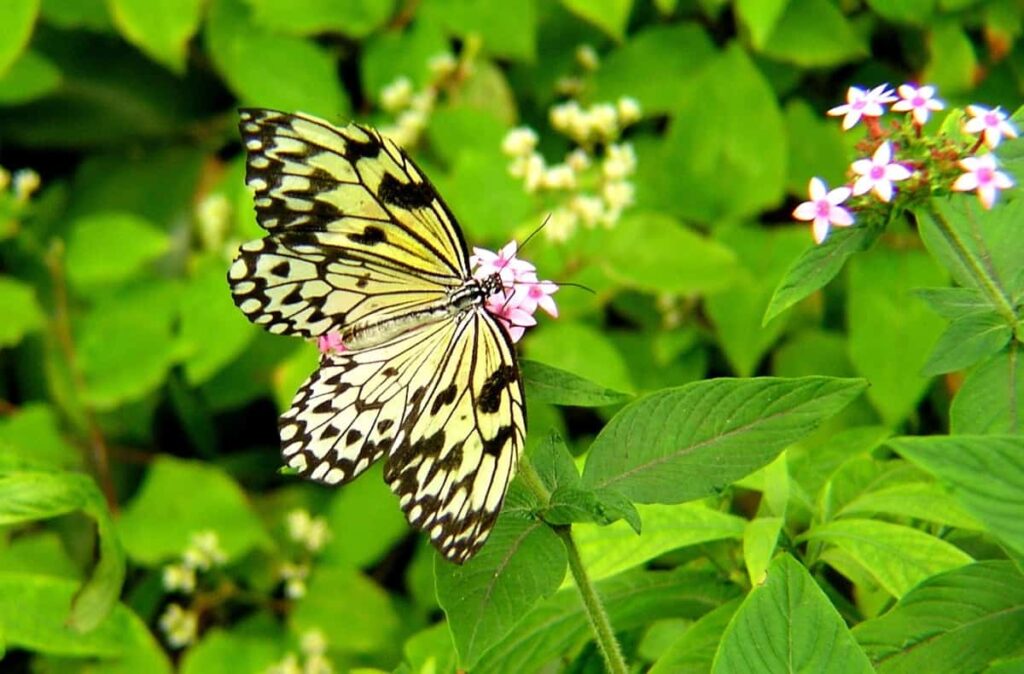
What is needed for a butterfly garden?
A butterfly garden can be a beautiful and serene addition to your backyard or outdoor space. Creating one from scratch can seem daunting, and it doesn’t have to be. With a little planning and basic knowledge of butterfly gardening, you can easily create a stunning space that will attract butterflies and provide them with the food and shelter they need. To get started, you’ll need to consider the layout and design of your garden.
Where will it be located? How large do you want it to be? What type of plants do you want to include? Once you know the overall design, you can start planning for specific plantings. When selecting plants for your butterfly garden, choosing those that will provide food for the butterflies is important. Many butterflies feed on nectar from flowers, so including a variety of flowering plants is essential. You’ll also want to include some host plants in your garden.
These are plants that caterpillars will feed on before they transform into butterflies. You’ll create a space attractive to adult butterflies and larvae by providing both food sources. In addition to plant selection, there are a few other key considerations for creating a successful butterfly garden. Providing shelter from the wind and sun is important, as is having a water source available. Butterflies also prefer gardens with some open areas where they can bask in the sun. Following these simple guidelines can easily create a beautiful butterfly garden.
Best place to create a butterfly garden
There are some points to remember for the best place to create a butterfly garden. Firstly, think about the layout of your garden and how the different plants will be arranged. It’s important to have a variety of plants that will attract different types of butterflies. You also must ensure the plants are well-watered and have plenty of sunlight. Another important factor is the design of your butterfly garden. There are some points to consider when designing your gardens, such as the area size and shape and the type of plants you’ll be using.
If you have a general idea of the design, you can start planning where to put specific plants and how they’ll interact with each other. Finally, don’t forget to consider the environment around your butterfly garden. Make sure there aren’t any sources of pollution or chemicals that could harm the butterflies. If you have pets in your area, keep them away from the area so they don’t disturb the delicate balance of your butterfly garden.
In case you missed it: Blockchain Technology in Agriculture: A Way to Future Sustainability and Role in Supply Chain
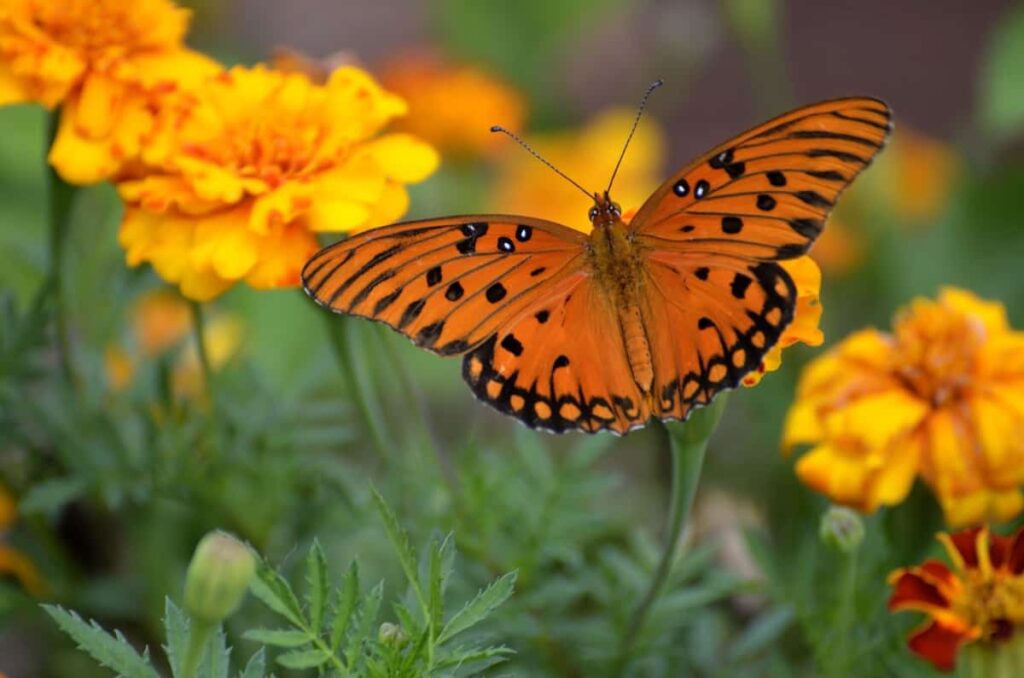
When should you plant a butterfly garden?
The best planting time for a butterfly garden is in the spring. You can also plant a butterfly garden in the fall, but you must ensure that the plants you choose are hardy enough to survive the colder temperatures.
Mulching your butterfly garden
As you probably know, butterflies are attracted to gardens with plenty of nectar-rich flowers. They are also quite fond of fresh fruits and vegetables. So, if you’re looking to attract more butterflies to your garden, one of the best points you can do is mulch your butterfly garden with various flowers, fruits, and vegetables.
Some great Flowers that butterflies love include Bee Balm, Blazing Star, Butterfly Bush, Cardinal Flower, Catmint, Columbine, Crimson Clover, Dahlia, Dandelion, Daylily, Fleabane Daisy, Gaillardia, Goldenrod, Hibiscus, Joe Pye Weed, Lantana, Milkweed, Mints Butterfly Pea, Nasturtium Orange Sulphur and many more.
Fruits and vegetables that are especially attractive to butterflies include Apples (sliced), Bananas (sliced), Grapes (sliced or whole), Melons (sliced or whole), Oranges (sliced), Peaches (sliced or whole), Pears (sliced or whole) and Plumeria. When it comes to mulching your butterfly garden, it’s important to use a variety of different materials. Some good options include bark chips/shavings from fruit trees; coconut husks/shells; dry leaves; pine needles; straw; and wood chips.
What are the easiest butterflies to raise?
Butterfly gardens can be easy to raise and maintain with little planning. Choosing the right plants to attract butterflies to your garden is the most important thing. Native wildflowers, trees, and shrubs are always a good choice. You can add nectar-rich flowers such as lantana, zinnias, and cosmos.
Once the plants are in place, ensure plenty of water for the butterflies to drink and bathe. A shallow dish or birdbath filled with fresh water will do the trick. Finally, don’t forget to add some places for the butterflies to shelter from the sun and wind. Rocks, logs, and evergreens all make good choices.
Host plant for butterfly garden?
To create a butterfly garden, you must start with the right host plants. These are the plants that butterflies will lay their eggs on and that their caterpillars will eat. Without the right host plants, your butterfly garden will not be successful. There are many different types of host plants, so it is important point to research to find out which plants are best for the type of butterflies you want to attract. You can ask your local nursery or extension office for help choosing the right host plants for your area.
Once you have chosen the right host plants, you must ensure they are properly planted and cared for. They should be placed in an area of the garden with full sun and well-drained soil. Be sure to water the plants regularly and fertilize them according to their needs. With proper care, your host plants will provide a food source for butterflies for years.
In case you missed it: India Flower Planting Calendar: Month-wise Garden Sowing Chart, Dates Guide for Winter, Summer, and Rainy Season
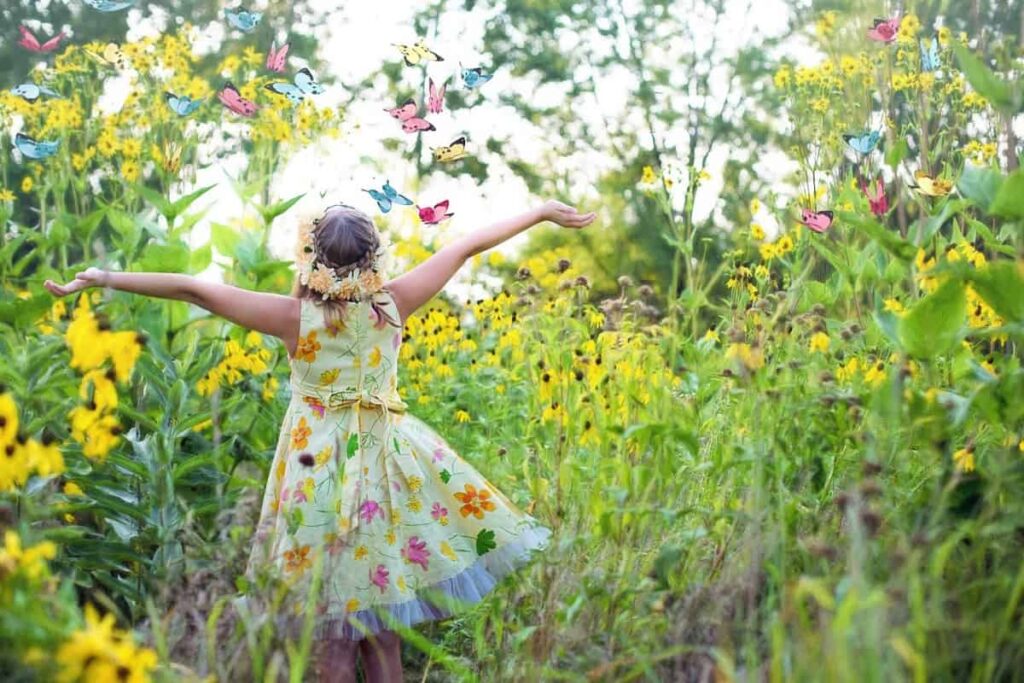
What is the use of a butterfly garden?
The butterfly garden is a beautiful and serene place where you can relax and enjoy these delicate creatures’ company. In addition to providing a place to commune with nature, a butterfly garden can also be a teaching tool for children or adults interested in learning more about these amazing insects. By creating a space specifically designed to attract butterflies, you can ensure they will visit your garden regularly and enjoy you for endless hours.
How much does a butterfly garden cost?
Butterfly gardens can cost a few hundred to several thousand depending on the project size and scope. For a small backyard butterfly garden, you can expect to spend around $500 on plants, mulch, and other materials. Larger projects will cost more. If you’re starting from scratch, the biggest expense will be the plants. First, you’ll need to choose host plants for the caterpillars and nectar plants for the adults.
Good options for host plants include milkweed (Asclepias spp.), parsley (Petroselinum crispum), and fennel (Foeniculum vulgare). Nectar plants can be almost anything in bloom, but some good choices include butterfly bush (Buddleja davidii), verbena (Verbena spp.), and impatiens (Impatiens spp.).
In addition to plants, you’ll need some basic gardening supplies like mulch, soil, pots or planters, and maybe a trellis or arbor. You can find most of these things at your local home improvement store or garden center. Once you have all your materials, it’s time to start planting. The best planting time is in the spring, after your area’s last frost date. Your plants will have all seasons to grow and attract butterflies.
What are three things a butterfly garden should have?
A butterfly garden should have three key features: plenty of nectar-rich flowers, a variety of perching spots, and a water source. Nectar-rich flowers are essential for attracting butterflies to your garden. Look for native species that bloom at different times in the growing season so there’s always something in bloom.
Perching spots are also important, as butterflies need somewhere to rest their weary wings. A simple bark or a small bush can provide the perfect perch. Finally, don’t forget to include a water source – a shallow dish with some stones or rocks for the butterflies to land on is ideal.
Best plants to attract butterflies
When you are planning your butterfly garden, there are important points to keep in mind. Firstly, you’ll need to choose the right location. A sunny spot with well-drained soil is ideal. You’ll also want to ensure plenty of space for your plants to grow. Once you’ve chosen the perfect spot, it’s time to start planning your layout. When designing your butterfly garden, be sure to include various plant species.
In case you missed it: Backyard Gardening Basics: Tips and Ideas What Every Gardener Should Know
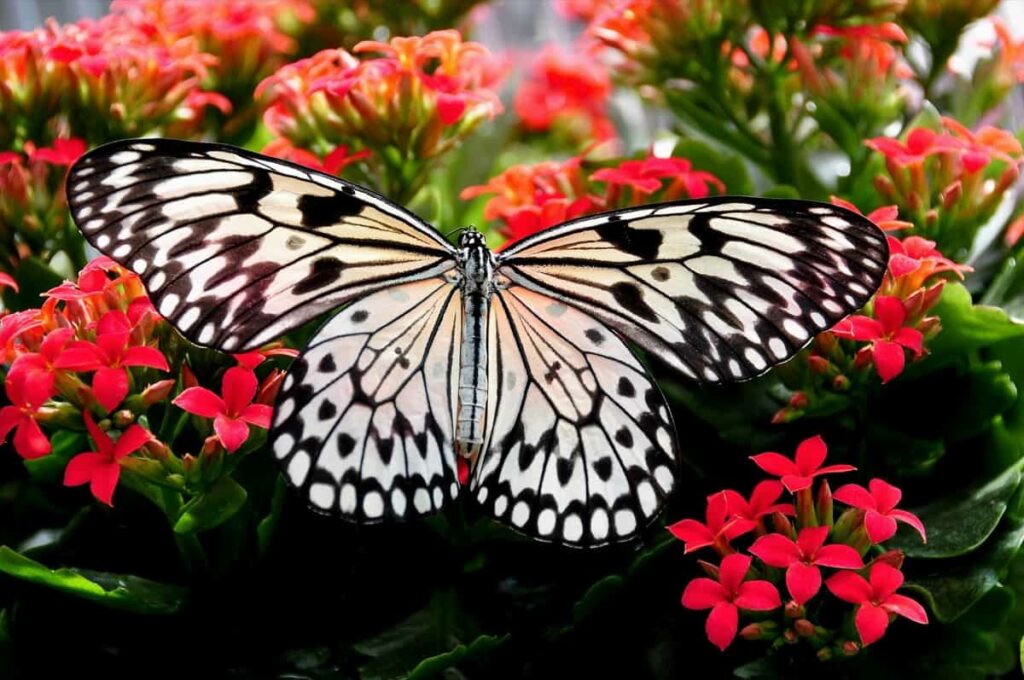
Butterflies are attracted to a wide variety of flowers, so try to incorporate as many different colors and shapes as possible. Consider adding some native plants, as they will provide nectar for the butterflies throughout the season. Finally, don’t forget to add some perches or resting spots for the butterflies. Stones or logs can provide a safe place for them to rest while they enjoy your beautiful garden!
7 Butterfly garden tips
- Find the right location: A sunny spot in your backyard is ideal for a butterfly garden.
- Choose the right plants: Flowers that are native to your area are best, as butterflies are attracted to them.
- Create a water source: Butterflies need water to drink, so include a small pond or birdbath in your garden.
- Add some shelter: Include some shrubs or trees in your garden for butterflies to hide in when it gets too hot or cold.
- Keep it tidy: Avoid using pesticides in your garden, as they can harm butterflies. Also, make sure to deadhead spent flowers so new ones can bloom.
- Be patient: It may take a few years for your butterfly garden to take off, but it will be worth it
- Enjoy it: Take some time each day to sit back and enjoy all the beauty your butterfly garden offers.
Conclusion
If you want to add beauty and nature to your home, starting a butterfly garden from scratch is a great way to do it. With just a little planning and design, you can create a stunning space that butterflies will love. Keep these key rules in mind when you’re getting started and on your way to having a gorgeous garden in no time.
- Irrigation and Water Management in Pineapple Farming
- Blossom to Harvest: Mastering Flowering and Pollination in Papaya Farming
- Pig Fattening Essentials: From Selection to Sale for Beginners
- Raising Wagyu Cattle: A Complete Guide for Premium Beef Production
- Soil Types and Their Water Holding Capacity
- Optimizing Irrigation Schedules for Coconut Groves for Enhanced Yield
- Espresso Your Garden: Coffee Grounds for Healthier Acid-Loving Plants
- The Best Soil Mix for Snake Plants: How to Mix Your Own Snake Plant Soil
- Green Thumb Success: Expert Tips for Cultivating Greenhouse Beans All Year Round
- Bloom All Year Round: The Ultimate Guide to Indoor Hyacinth Care
- Eco-Friendly Gardening: How to Make Liquid Fertilizer from Kitchen Waste
- Ultimate Guide to Grow Anise in Pots: Explore Seed Propagation to Harvesting
- Guide to Raising Chester White Pigs: Discover Breed Facts to Growth Management
- Mastering the Elegance: The Ultimate Guide to Weeping Cherry Tree Care, Planting, and Maintenance
- Ultimate Guide to Planting Garlic in Grow Bags: Growing Strategies for Beginners
- How to Fix Spider Plant Leaf-Related Problems: Natural and Organic Remedies
- 10 Reasons Why Your Tulsi Plant is Shedding Leaves: Home Remedies and Solutions
- Optimizing Growth and Yield: The Advantages of Palm Bunch Ash Fertilizer
- Utilizing Neem Oil Extract as a Natural Pesticide for Hydrangea
- From Soil to Harvest: Various Ways in Which Farmers Can Use AI Tools
- Steps to Encourage and Induce Citrus Flowers: A Comprehensive Guide
- How to Fix Snake Plant Leaf-Related Issues: Natural and Organic Remedies
- Transform Your Garden into a Fragrant Oasis with Raat Ki Rani (Night Blooming Jasmine)
- Discover the Ideal Chicken Breeds for Philippine Farms
- How to Create a Poultry Egg Farm Business Plan for Profits
- Grow Lemon Cucumbers Like a Pro: Insider Techniques for Bountiful Yields
- Ultimate Guide to Caring for Your Pink Princess Philodendron: Tips for Thriving Variegation
- Areca Nut Profit Per Acre: Calculating Yield and Cost of Cultivation
- How Kaveri Chicken is Becoming a More Profitable Breed in Indian Backyards
- Transform Your Barn: 9 Steps to Convert a Horse Stall into a Chicken Coop
- Exploring Suffolk Sheep Disadvantages with Limitations and Challenges
- Guide to Solving Potted Lemon Tree Problems: How to Revive Lemon Tree in Containers
- Steps to Encourage Female Pumpkin Flowers: Best Strategies for More Flowers and High Yields
- Ultimate Guide to Yellow Raspberries: Exploring from Planting to Care
- Ultimate Guide to Planting Ginger in Grow Bags: Growing Strategies for Beginners
- Ultimate Guide to Growing Red Creeping Thyme: Propagation, Planting, Pruning, and Care
